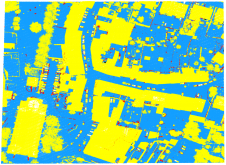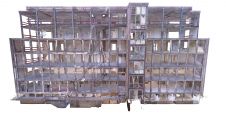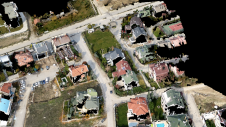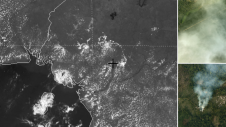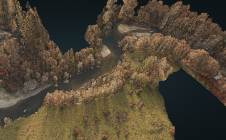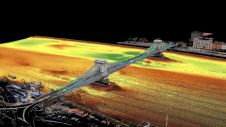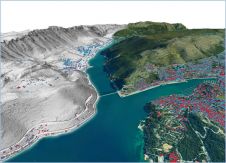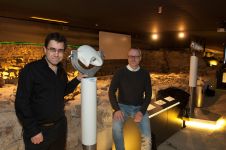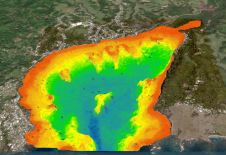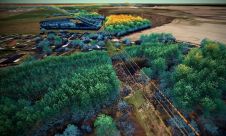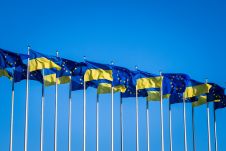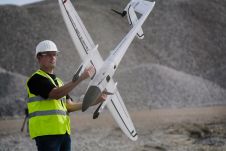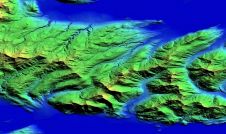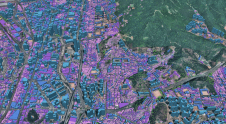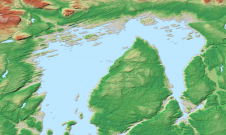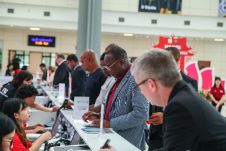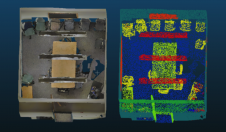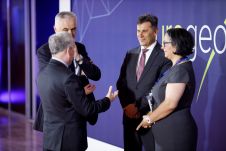现代见解和技术-EFGS爱尔兰2017
2017年11月2日,GIS Professional的Niall Conway参加了在爱尔兰都柏林举行的年度EFGS会议的开幕日。尽管他仅设法参加了为期两天的活动的一半(国家地球观察研讨会是在同一日期举行的),但现在是时候欣赏决策和治理在重大变革的风口浪尖。
First up, my first memorable memory from the EFGS conference which geospatialists may appreciate occurred after I had arrived at the conference. While checking in at the centre’s cloakroom I glimpsed a gentleman who appeared, like many others, to be in unfamiliar surroundings. ‘Surely not..’, I thought before looking over my shoulder to see Jack Dangermond, Esri President and co-founder, eventually set off in a direction to give his keynote speech. Perhaps the next best thing to being starstruck is realising that those stars, including giants of the location industry, can sometimes seem a bit lost also.
因此,在飓风奥菲莉亚(Ophelia)到达爱尔兰海岸之后不久,都柏林(Dublin)很高兴欢迎来自国家地图和统计机构的一系列专家,这些专家专注于将公共部门机构和机构整合数据集成的更具建设性的任务。顺便说一句,如果您仍然不确定EFG的目的,那么只需记住,统计和地理位置都集中在使用定量和定性技术和工具上,以获取来自世界的见解。尽管它们现在被认为是不同的主题,但由于多年来的一定程度的制度化,很明显,全球挑战现在需要他们之间更多的协作和整合。
但是,现在还没有孤立地存在电子表格和地图 - 它们只是讲述通过技术融合在一起的故事的不同媒介。例如,请记住,Jack Dangermond自己的ShapeFile格式包含一个统计组件,.DBF,该组件在地图上表示的功能上具有属性。此外,可以在GIS或电子表格软件中打开此文件,可以保存在通用RDBMS中,可以使用SQL语言进行汇总,更新和分析。因此,面对当今的数据洪水,统计和地理位置以及各个社区成员开发的各种商业和开放工具之间的区别都开始变得模糊,这并不是什么巧合。
回到业务,efg会议organised under three main themes which are relevant to the integration of statistical and geospatial information by governments. The first theme was the UN’s Agenda to advance the use of geospatial information by governments and to ensure that decisions on the infrastructure and systems which they manage are based on accurate data. A key requirement in this regard, which was emphasised by another keynote speaker, Greg Scott of the UN-GGIM, was the development of a global framework of accountability and transparency based on Sustainable Development Goals (SDGs) and national spatial data infrastructure (SDIs). The second theme focused on enabling collaboration between often distinct parties. For this purpose, the UK’s Office of National Statistics Silicon Valley-esque Data ‘Campus’ and Finland’s Spatial Statistics on Web 2 project were discussed as examples of effective transitional action by governments. The third and final theme of EFGS17 focused on best practice by the government. This included presentations on a range of case studies from around the world on topics such as linked data, metadata harmonisation, census strategies, machine learning for satellite imagery analysis in Switzerland, Manchester’s smart city project, and settlement mapping in the Netherlands. Even the seemingly unrelated topics of underground utilities and driverless cars were discussed as relevant topics by another keynote speaker, Tim Trainor of the U.S. Census Bureau.
Although EFGS took place in the old surrounding of Dublin Castle, this conference was represented by cutting-edge thinkers. The agenda was focused on helping governments to better understand the fast-changing world of 2017. It was about helping to bring together statistical and mapping systems and about changing ways of thinking. It was also about helping governments to, through facilitating better understanding and enablement, steady ships which have, over recent years, been rocked by an unpredictable social, economic and political forces. During the conference, I also got a sense that governments are motivated to keep pace with private sector innovation and to explore new opportunities. As one attendee from a national statistical body mentioned to me during a coffee break: “We have, over the years, released a lot of open data into the public domain which companies have benefitted from greatly. Now it’s the government’s time to benefit.”
在他引人入胜的主题演讲中,Dangermond先生给了我其他要记住的东西。通过邀请所有与会者站起来与他们旁边的人交谈,他强调了这样一个事实,即EFGS之类的会议远不止于知识的广播。相反,这是与会者建立真正的人类联系并获得基于“人类互动性”的文化的机会。基于这种想法,整合统计和地理世界的过程不一定始于顶级政策或技术。相反,它将以简单的握手开始。
本文发表在2017年12月的GIS专业人士


